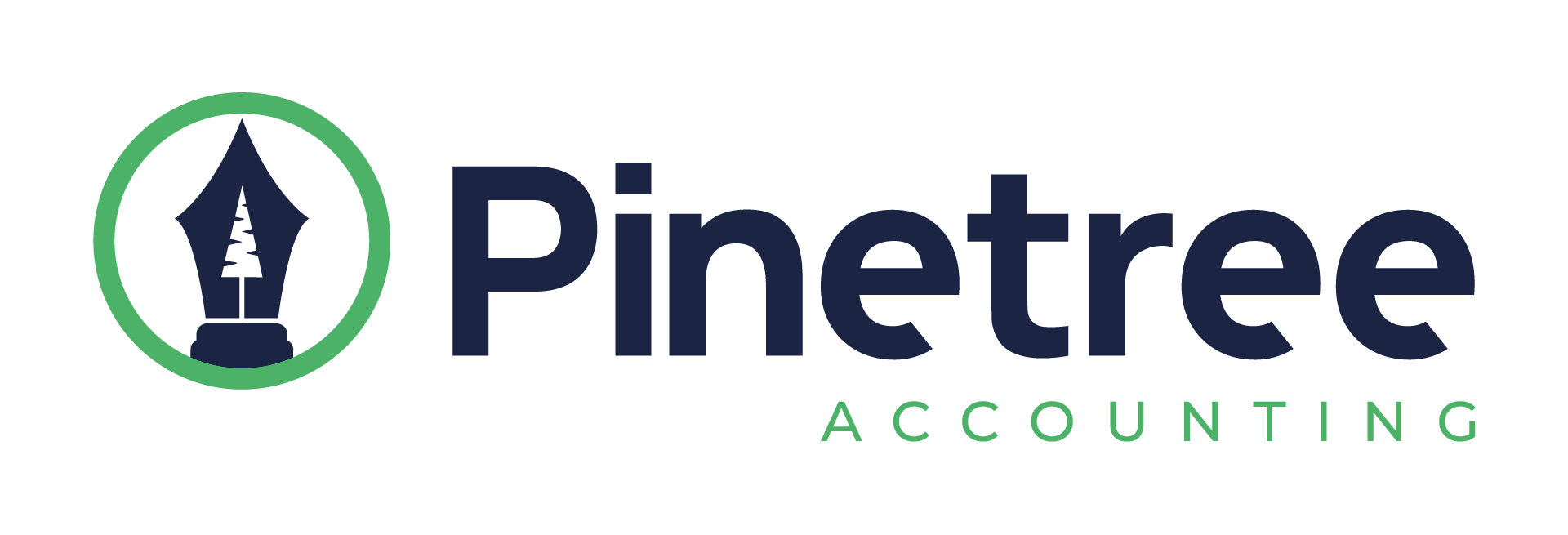No business can ever start or thrive without capital.
Every business requires capital to expand and prosper, regardless of how long you’ve been in business or whether you’re a brand-new company. No matter what phase your business is in, having a solid grasp of the capital and how it could support your business can be helpful.
If you want to know more about capital in accounting, this article is for you. Make sure to continue reading until the end.
What Is Capital?
Business capital typically refers to the financial resources that your firm possesses and can employ to fuel expansion and establish financial stability. Anything that improves your capacity to produce revenue is considered capital. You could use it to raise the value of the monetary assets owned by your company.
An asset must continue to benefit a business over time, generating long-term income, to qualify as “capital.” For example, raw resources are transformed into goods or services that you can subsequently market for a profit using capital and labor.
What Are The Different Types Of Capital?
There are four types of capital in accounting, and these are the following:
- Capital From Trading- This is the sum of money that’s set aside for use in trading different securities or also called the investment capital
- Capital From Work- The distinction between the company’s current assets and liabilities is what we mean by working capital. It aids in determining the company’s short-term profitability.
- Capital From Equity- Investments result in the acquisition of equity capital, which is not subject to repayment. It could involve stock sales or investments made by shareholders.
- Capital From Debt- Debt capital is susceptible to repayment under agreed-upon terms. It can be acquired through loans from acquaintances, family, financial institutions, the state, or businesses, among other sources.
What Is The Difference Between Money And Capital?
Although money and capital could be nearly interchangeable, there is a significant distinction between the two. Money serves a more direct function because it is used to buy and sell goods and services between businesses, consumers, or inside one company.
However, capital refers to long-term assets that might be useful to the business, such as bonds, stocks, investments, shares, and other assets. The elements of a business that support its development and serve as the foundation for earning revenues are referred to as capital.
What Are Capital Gains And Losses In Accounting?
The purpose of investing is to create wealth for your company so that it may develop and thrive. Additionally, if your investments expand your company, the capital itself may increase, potentially generating capital gains.
However, not every transaction will ultimately be worthwhile. Here, capital losses become relevant. A capital loss occurs when an asset is valued less than when you first purchased it.
Conclusion
As a business owner, you could use all the records for the capital in accounting to make sensible financial decisions and investments. Always remember that your business expands as your capital does. That is why it is essential to create sound monitoring in utilizing and gaining investment plans to keep your business from thriving and your capital from growing.





